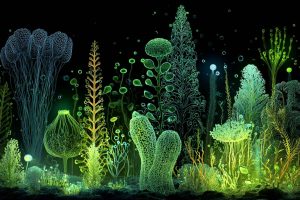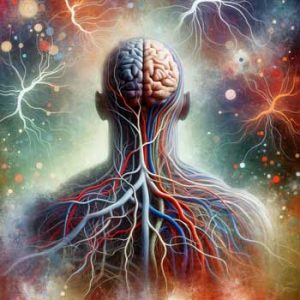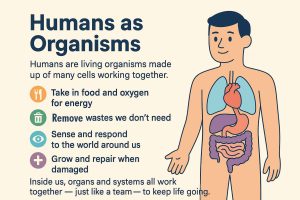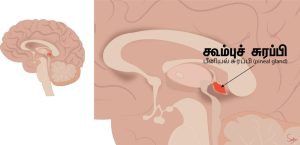
How Single-Celled Organisms Evolved into Multicellular Life
Life on Earth began in its simplest form — single-celled organisms. These tiny, self-sufficient entities floated in ancient oceans over 3.5 billion years ago. Yet, from these microscopic beginnings emerged the incredible diversity of complex, multicellular organisms we see today — from plants and fungi to animals and humans. But how did this monumental leap occur? How did independent single cells decide to cooperate, specialize, and form bodies with billions — or even trillions — of interconnected cells? Let’s explore the fascinating journey of how single-celled life evolved into multicellular organisms, the evolutionary steps involved, and examples that still exist today as living clues to our shared origins. 🧬 1. The Beginning: Life as a Single Cell The earliest life forms were prokaryotes, such as bacteria and archaea — simple cells without nuclei. These organisms lived independently, reproducing by division and surviving in harsh conditions. Over time, more complex single















